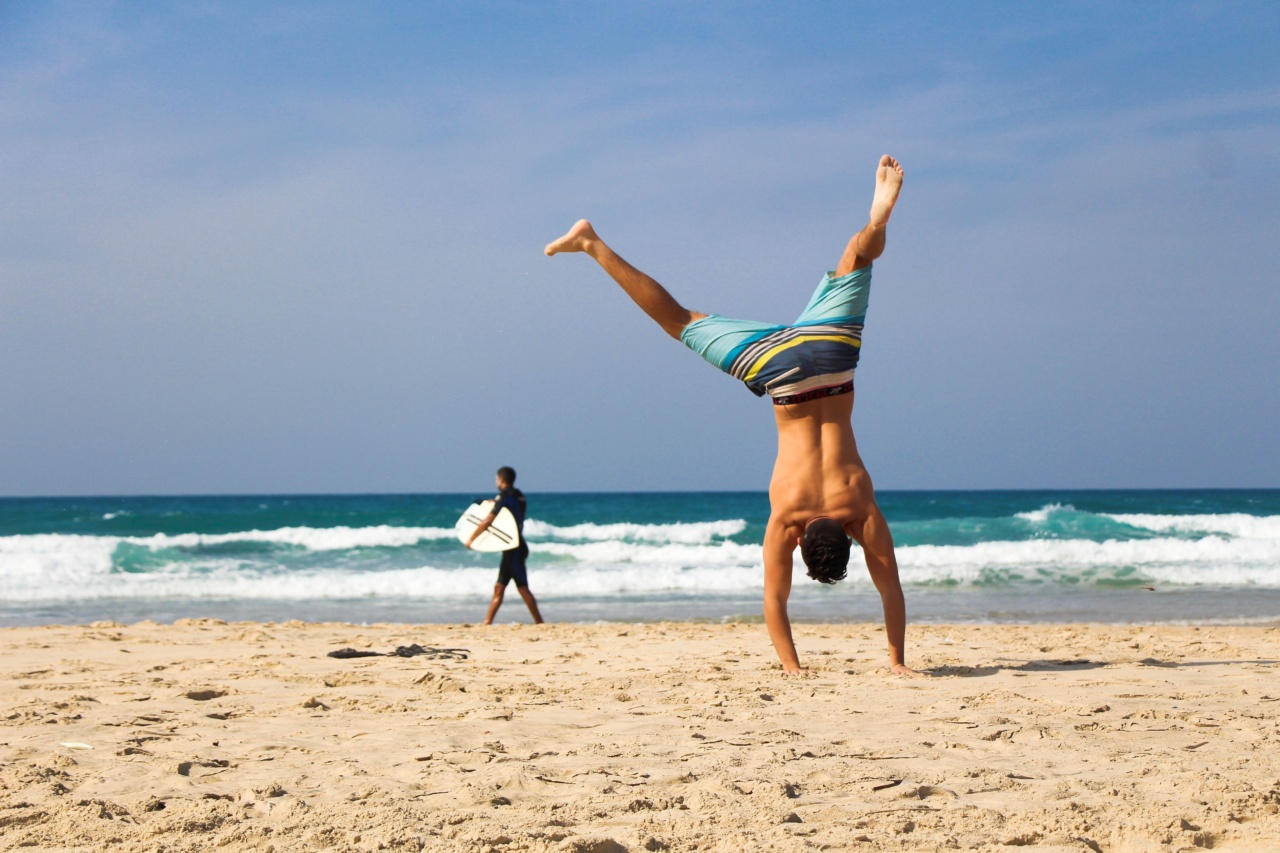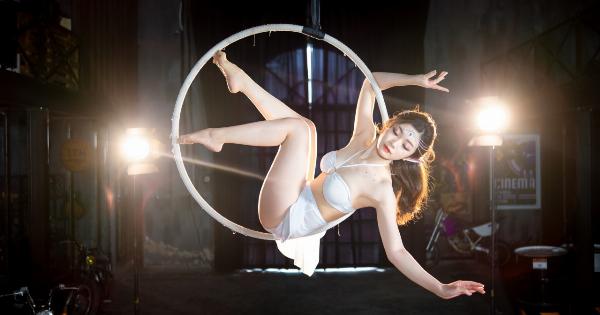Gymnastics is a highly demanding sport that requires strength, flexibility, balance, and coordination. It is not only a competitive sport but also a great form of exercise for people of all ages.
One of the many benefits of gymnastics is its positive impact on bone health. This article will explore how gymnastics can help prevent the development of osteoporosis and promote strong bones for life.
Understanding Osteoporosis
Osteoporosis is a condition that weakens bones, making them fragile and more prone to fractures. It occurs when the body fails to form enough new bone, or when too much old bone is reabsorbed by the body, or sometimes both.
As a result, the bone density decreases and the bone structure becomes porous.
The Importance of Strong Bones
Having strong bones is crucial for overall health and well-being. They provide support for our muscles, protect vital organs, and assist in the production of red and white blood cells.
Additionally, strong bones are less likely to fracture, preventing injuries and long-term complications.
How Gymnastics Can Help
Gymnastics involves a variety of activities that put stress on the bones, such as jumping, landing, and weight-bearing movements. These high-impact exercises stimulate bone cells, prompting them to build new bone tissue and increase bone density.
Regular gymnastics training greatly contributes to the development of strong bones.
Weight-Bearing Exercises in Gymnastics
Weight-bearing exercises play a significant role in improving bone health. In gymnastics, individuals constantly place stress on their bones through activities like running, tumbling, and vaulting.
These activities involve the use of body weight, which creates resistance and helps bones become denser and stronger.
Impact and Jumping Activities
Gymnastics involves a wide range of impact and jumping activities, such as floor exercises and trampoline routines. These activities subject the bones to gravitational forces, leading to an increase in bone mass.
The repetitive impact forces experienced during gymnastics training contribute to bone growth and improved bone strength.
Flexibility and Bone Health
Flexibility is an essential component of gymnastics. It helps increase joint mobility and prevents injuries. While flexibility itself does not directly impact bone health, it plays a crucial role in overall body strength and coordination.
By improving flexibility through gymnastics, individuals can perform weight-bearing exercises more efficiently, leading to better bone health.
Gymnastics for All Ages
Gymnastics is not limited to young athletes. It is a sport that can be enjoyed by people of all ages and fitness levels. Engaging in gymnastics at a young age helps develop optimal bone mass, improving bone health in later years.
However, even if you start gymnastics later in life, the activities can still offer numerous benefits for your bones.
Preventing Osteoporosis
Osteoporosis is a silent disease, often unnoticed until a fracture occurs. By engaging in regular gymnastics activities, individuals can prevent or slow down the progression of osteoporosis.
The impact and weight-bearing exercises involved in gymnastics help maintain bone density and reduce the risk of fractures.
A Well-Balanced Approach
While gymnastics is beneficial for bone health, it is essential to adopt a well-balanced approach to training. The right nutrition, including adequate calcium and vitamin D intake, is crucial for bone development.
Additionally, proper training techniques, appropriate rest days, and injury prevention practices should be followed to minimize the risk of overuse injuries.
Conclusion
Gymnastics offers numerous benefits for bone health, including increased bone density, improved bone strength, and reduced risk of osteoporosis.
Engaging in gymnastics activities from a young age or starting later in life can contribute to strong bones for life. By combining gymnastics training with a healthy lifestyle and proper nutrition, individuals can optimize their bone health and enjoy the numerous physical and mental benefits of this dynamic sport.































